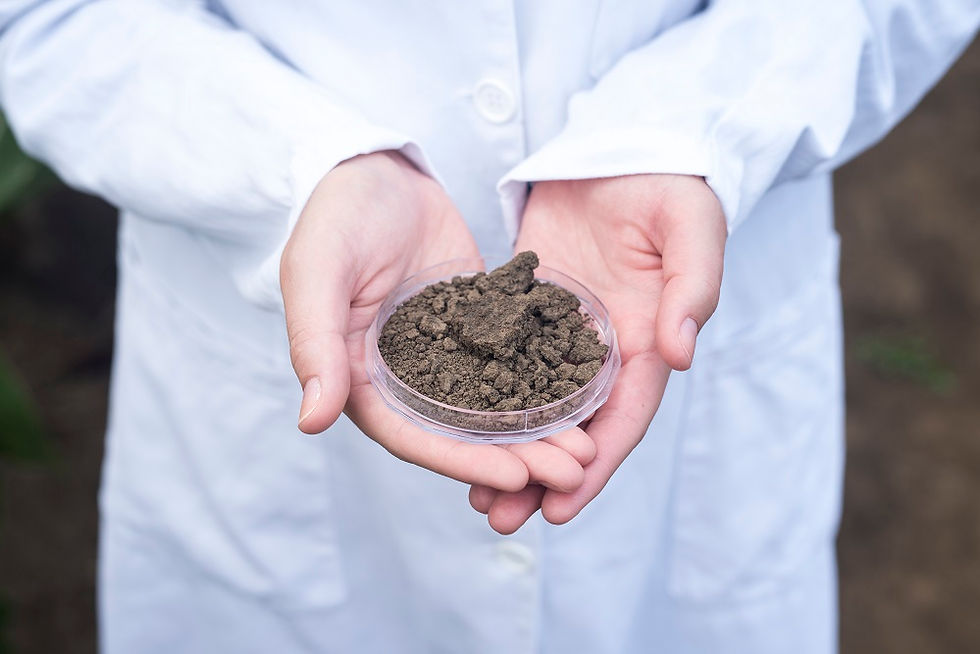Demystifying Security Cameras: An In-depth Look at Types and Features
- Kiera Peterson
- Dec 7, 2023
- 4 min read
Updated: Jun 11, 2025
Introduction-
In today's digital era, where data privacy and protection are of the utmost importance, we must recognize the significance of a comprehensive security system. Just as we protect our digital data, our physical surroundings also need substantial security measures. One of the best ways to safeguard our homes or workplaces is the deployment of security cameras. However, with the plethora of options available in the market, it can be overwhelming for individuals to understand and select what suits their unique needs best. Understanding various types of security cameras and their features could help you make a more informed decision that could potentially save you from many future security hazards.
The Evolution of Security Cameras-
Turning the wheels of time back to the World War II era, with an increasing need for surveillance, the first CCTV camera came into existence. These initially functioned as simple "observe and record" equipment that security personnel would monitor manually. As technology advanced, cameras evolved and began recording the footage, enabling delayed viewing. From this rudimentary form to today's advanced surveillance cameras that pair with our smartphones and offer real-time alerts, the evolution is truly fascinating. In the present day, from protecting our homes to securing large enterprises, CCTV cameras have scaled up drastically both in terms of technological applications and prevalence.
The Landscape of Security Cameras Today-
Gone are the days of single-functioning, large, conspicuous cameras that would only record footage. Security cameras now come in various forms, tailored to myriad environments and monitoring needs. From robust outdoor cameras that can withstand weather extremities to sleek, compact indoor ones, the options are wide-ranging. Varying connective capabilities, such as wired, wireless, and IP cameras, offer choices based on your installation comfort and connectivity preference. Equally essential to consider is the power source for your camera - be it battery-powered or electric, each comes with its pros and cons.
The Anatomy of a Security Camera-
Behind the sleek exterior of a security camera lie key components that make the surveillance seamless. A typical security camera consists of a lens that captures the view, a sensor that converts the light captured into digital signals, a processor that compresses the signals for storage, and housing that protects the integral parts. The lens's quality and sensor size significantly impact the footage clarity while the processor determines how efficiently the camera can handle the data. The housing takes care of the camera's durability and aesthetic aspects.
Types of Security Cameras-
There are security cameras to suit almost every need and scenario. Dome cameras, named after their shape, are great for indoor surveillance and deter miscreants with their high visibility. Bullet cameras are perfect for outdoor setups and offer a diverse range of resolutions. Wireless cameras offer seamless integration into any setup without worrying about pesky wires. IP cameras send and receive data over a network and are excellent for both residential and commercial uses. Pan/Tilt/Zoom (PTZ) cameras provide terrific coverage with their ability to rotate and zoom. High-definition cameras come with high resolution, offering sharp footage, while thermal cameras detect infrared radiation and work well in complete darkness.
Features Decoded - A Closer Look-
The effectiveness of a security camera significantly relies on its features. Resolution determines how clear the recorded footage would be, while the field of view impacts the camera's coverage area. Motion detection triggers recording only when motion is detected, saving unnecessary footage and alerting about the activities. Audio capabilities enable two-way communication, and night vision ensures that nothing goes unnoticed even under low-light conditions. Remote viewing allows you to monitor the footage from anywhere using your smartphone. While all these features matter, their priority might vary based on your individual needs.

Selecting the Right Security Camera-
Selecting the right security camera is a layered process that factors in many aspects. Firstly, identify its purpose and location of installation. Understanding what the camera will monitor helps determine the type and features you need. Then, consider your budget and the construction of your home. Can it accommodate heavy-duty wiring, or would you prefer wireless systems? Consider the prevalent weather conditions of your area, as it can influence the type of camera that would perform optimally. Acknowledge your technological comfort level, as some security cameras may entail a steep learning curve.
Integrating Security Cameras into Your Home Design-
In addition to their primary function of providing security, cameras should also blend well with their surroundings. The aesthetic integration of security cameras is an art in itself. For example, hiding the cameras in plain sight within a bookshelf or behind a wall hanging can be aesthetically pleasing while not compromising functionality.
Maintenance and Upkeep-
No device performs optimally without regular maintenance, and security cameras are no different. Regular cleaning of the lenses and proper checks on the wiring can prevent potential hiccups in operation. Make sure to update the device software promptly to benefit from any improvements or bug fixes.
Conclusion-
Fully understanding security cameras is an essential step towards successfully securing your environment. The process entails acknowledging the variety, understanding the features, making informed selections, integrating effectively, and maintaining the device. Investing in security equipment like cameras is a significant move towards ensuring peace of mind for you and your loved ones. Making an informed decision about this investment, therefore, is not only necessary but also responsible.



















Comments